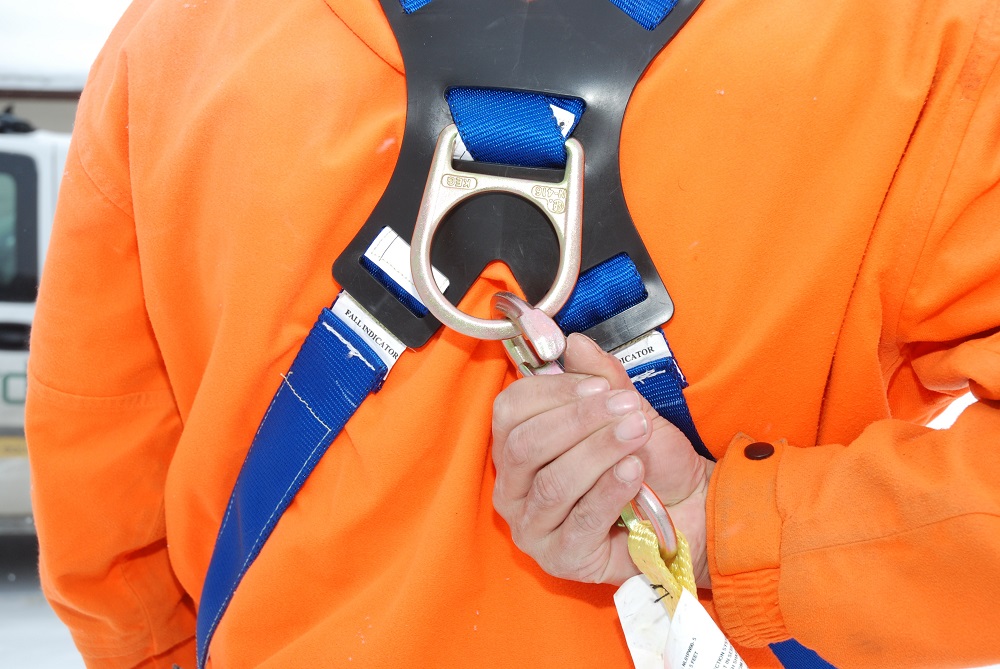
Free information and resources to support employers
This summer, a fatal tree-climbing incident in British Columbia highlights the serious risks involved when working at heights. In Ontario, falls remain one of the leading causes of workplace injuries across all sectors.
In 2024, the mining sector reported 12 percent of lost time injuries were due to falls. From April 1, 2025, to March 31, 2026, the Ministry of Labour, Immigration, Training and Skills Development (MLITSD) is conducting an ongoing health and safety compliance campaign focused on slips, trips, and falls in mines and mining plants to address this risk. Earlier this year, WSN hosted a webinar focused on slips, trips, and falls and released an information sheet on how to prevent these hazards in the mining sector.
In any workplace, slips and trips can occur when there’s an unexpected change in contact between a worker’s feet and the walking surface. That’s why prevention starts with good housekeeping and safe walking surfaces.
To reduce the risk of slips, trips and falls, employers should focus on six key areas:
- Clear walkways: Ensure aisles and travel routes are marked, well-lit, and free of clutter or tripping hazards.
- Ladder, platform, and equipment safety: Inspect all ladders before use, ensure they are stable and tied off, and use guardrails and non-slip surfaces on scaffolds.
- Fall protection equipment: All equipment used for working at heights – whether it’s a powered platform or fall protection equipment – must be regularly inspected to ensure it remains in safe working condition. This includes harnesses, lanyards, lifelines, connectors, and all other components.
- Floor and stair maintenance: Clean spills promptly, repair uneven flooring, and install handrails and slip-resistant stair treads where needed.
- Accessible exits: Emergency routes must be clearly marked, unobstructed, and free from snow, ice, or other slipping hazards.
- Safe storage: Keep stacks stable and limit height to prevent shifting or collapse.
WSN has developed a Sample Inspection Checklist for Slips, Trips and Falls to support fall prevention. Please download, print and share.
To help prevent serious injury and fatalities, WSN encourages employers to proactively schedule updated training for workers. While Working at Heights safety training is an excellent start, site-specific training is also required. Employers must train workers on workplace-specific hazards and equipment.
For more information, contact your local WSN Health and Safety Specialist.
Related
Sample inspection checklist for slips, trips, and falls – WSN
Heath and safety compliance campaigns 2025-2056 – MLITSD
Working at Heights Safety Training – WSN
Working at Heights Refresher Training – WSN
Course Spotlight Video: Working at Heights – WSN
Poster: Slips, trips, and falls prevention for mining plant – WSN
Webinar recording: Prepare for Ontario workplace inspections on slip, trip and fall hazards – WSN
Infographic: Workplace Health and Safety Snapshot for Ontario Mining Sector – WSN
